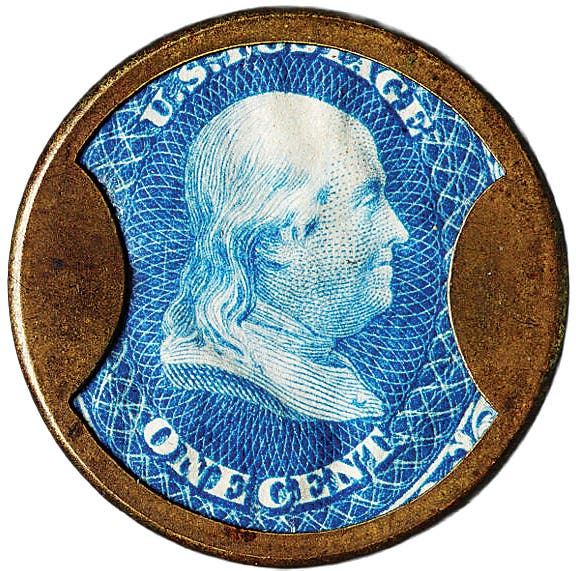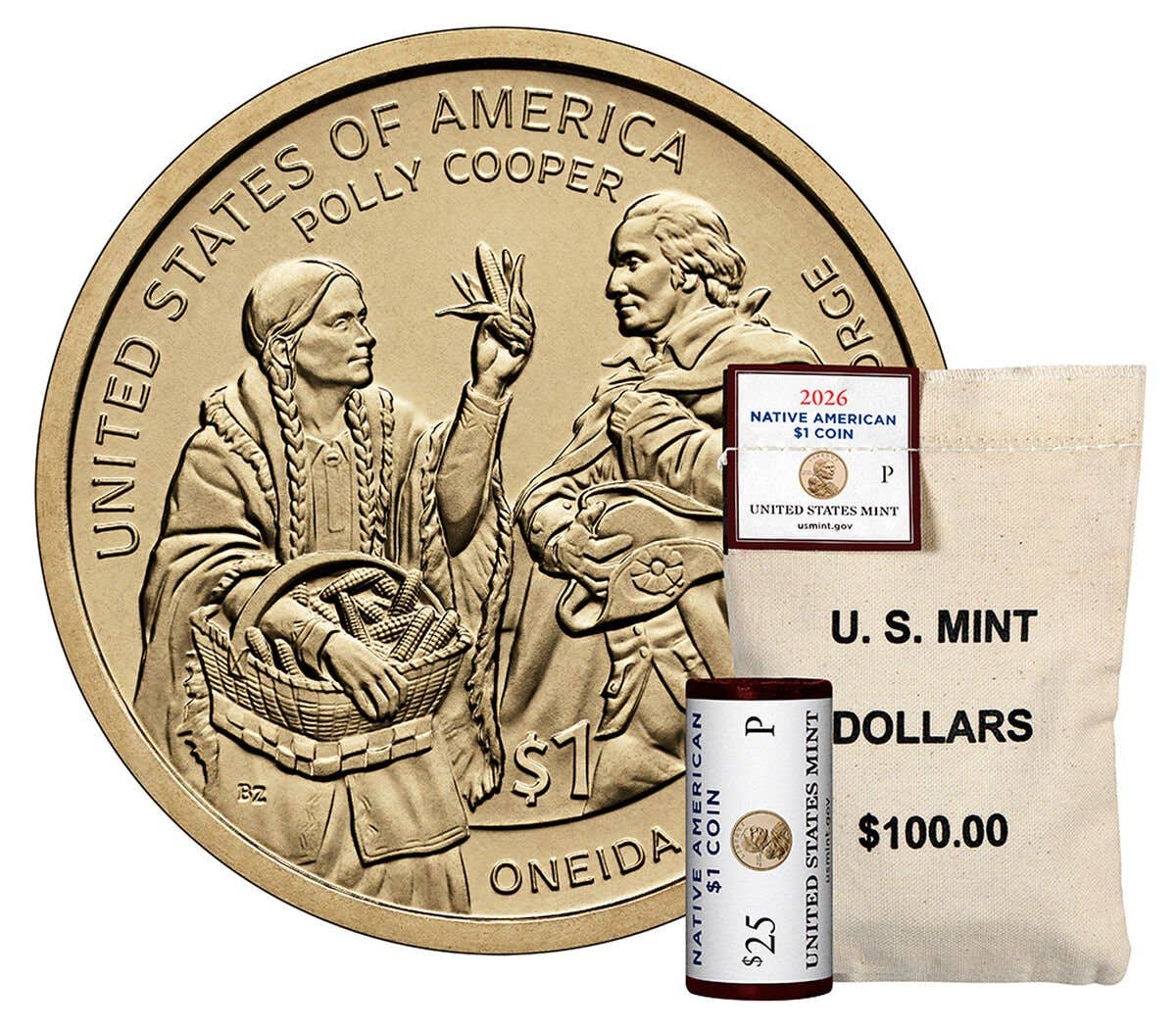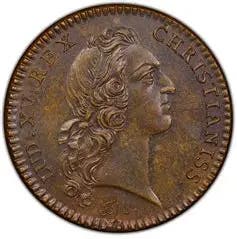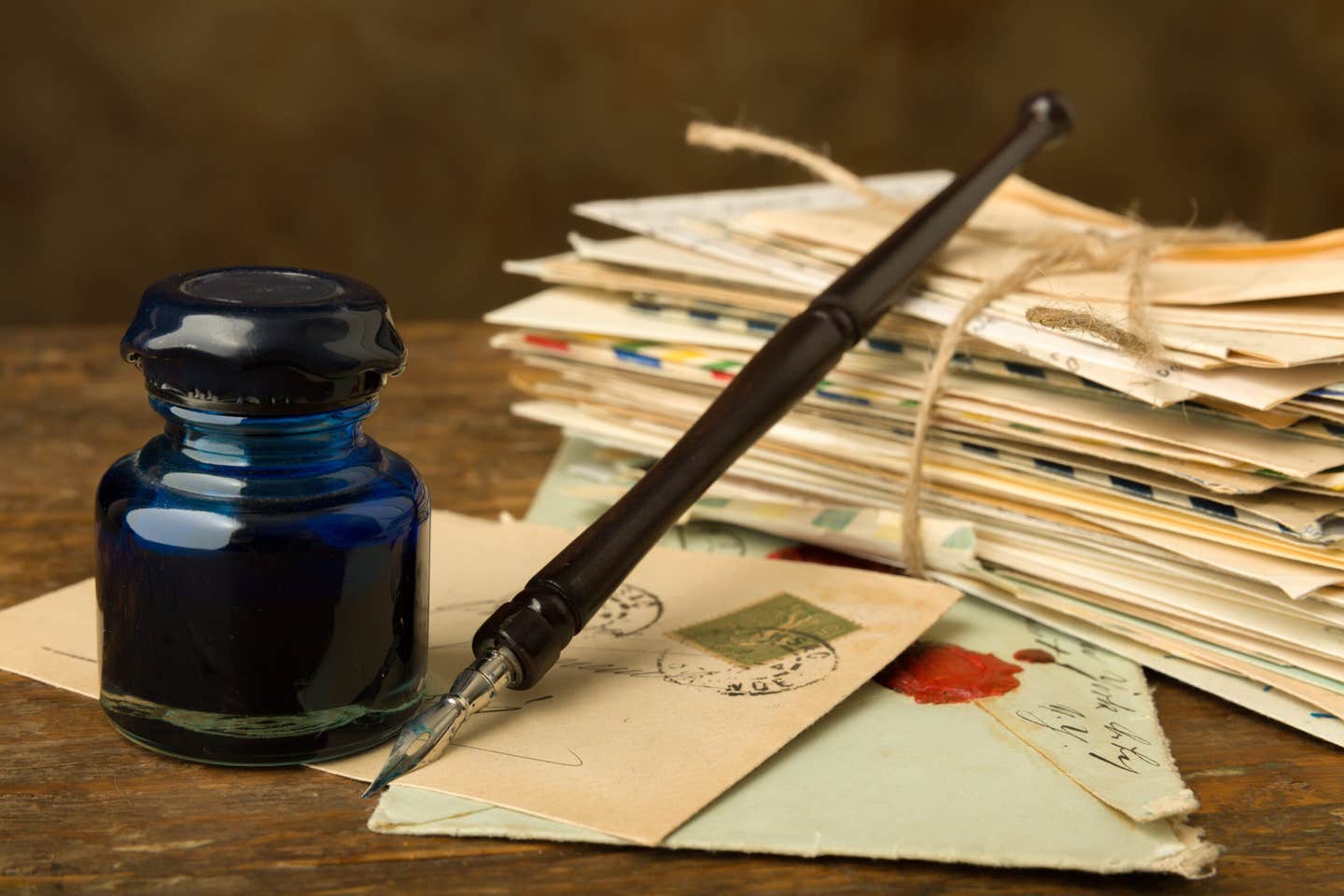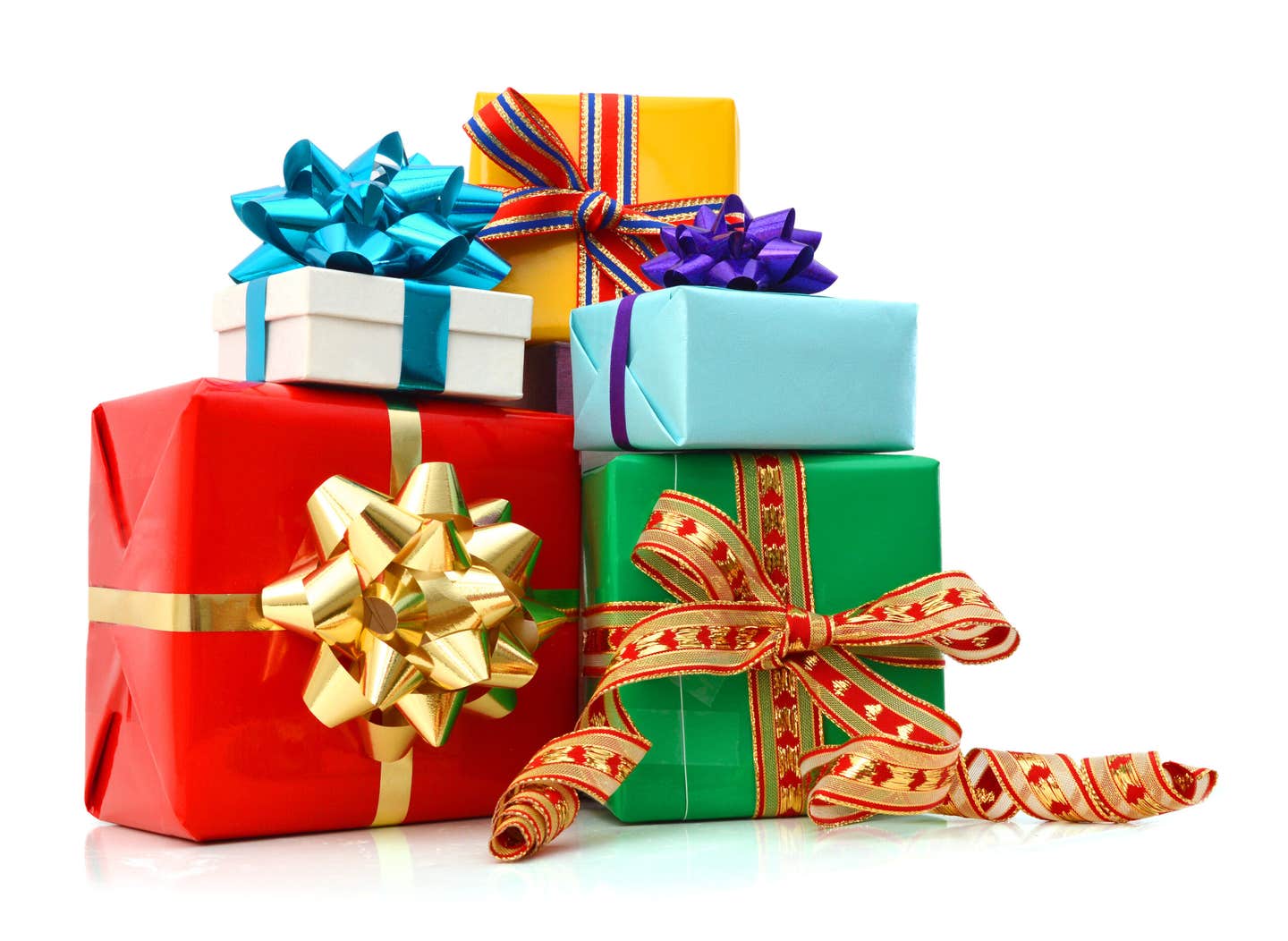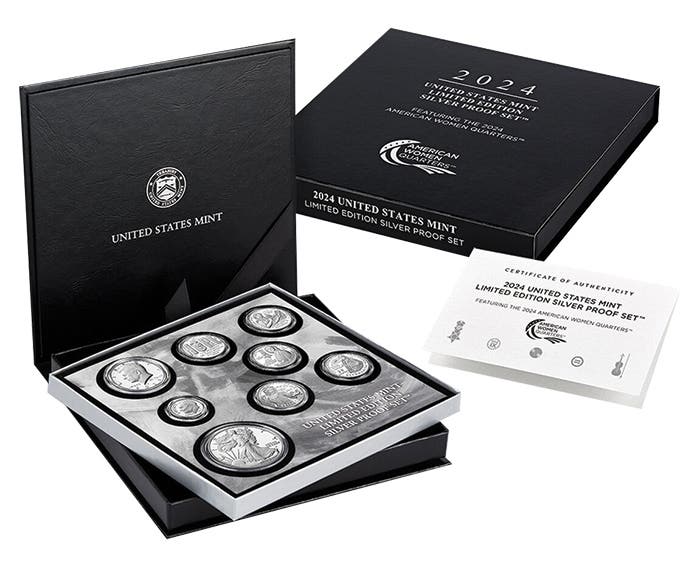Letters to the Editor (Sept. 19, 2017)
Indian Head cent waiting in can for collector to find I have never written before about my coin finds. Usually it is just the occasional wheat penny. I have found…
Indian Head cent waiting in can for collector to find
I have never written before about my coin finds. Usually it is just the occasional wheat penny. I have found a couple interesting coins in the change machines. I have found several foreign coins and one time there was $1.20 in nickels. They were just plain nickels, but that was a free $1.20. At Walmart I found a silver Roosevelt. I have found several 40 percent Kennedys in my occasional roll searches.
In the last two months I have found three very nice finds. At a flea market a guy had loose foreign coins, six for $5. I found a couple in the 1800s and a 1907 Canada silver nickel in great shape. Later I got three rolls of Kennedys, and one of them had a near uncirculated 1964 in it.
Well two days ago I had the find of a lifetime. I go through my change and an occasional roll and put what I don’t want in soup type cans to cash in for vacation. My mother-in-law was over and she loves bingo so my wife set up a game for her. Since there wasn’t enough chips for all of us, I went down and grabbed one of the four cans of change. I dumped some out and started using some for Bingo. I looked and I said, “Wow, there is a worn out Indian Head penny there.” I have no idea how I missed it before. I looked at the date, which was very worn, and I looked again! I had my sister look to see what she thought it was. Today I took it to an expert to verify that it was indeed an 1877. It is rough, but what a find!
Jerry Reinholt
Westminster, Md.
Television sales programs threaten hobby’s integrity
Our passion for this great hobby is being undermined by cable TV so-called shows. People (400) paid $1,499 for the 2016-W Proof-70 silver American Eagle. This clown looked right at the camera and claimed it has the lowest mintage of all ASE’s (5,965). While it may be that amount was stuffed into the Congratulations covers, the coin itself is widely available in Proof-70 for under a hundred dollars. Are we paying for a label? Love a response.
Steven McGowen
Algonac, Mich.
Enhanced unc coins will be needed for complete sets
There are many albums of pennies, nickels, dimes, quarters and halves. I think one would need the enhanced uncirculated coins with the “S” mintmark to complete their albums. 225,000 in that light doesn’t seem to be that many. Your thoughts?
James Musch
Address withheld
Editor’s note: You make a good point about the many collectors who will need the enhanced uncirculated to complete the sets in their albums.
Operating as non-profits key to hobby groups’ success
I read with interest Dave Harper’s Aug. 18 blog, “No advantage being in the middle.” It was disheartening to read the predicted demise of state and some regional shows. But, it wasn’t a surprise. In Nebraska, where I have been serving as president of the state numismatic organization for 10 years, we made the decision not to hold a state show this year. Low attendance, little or no involvement by the membership, site selection, a sizeable loss on last year’s show and of course the Internet all played a part in the decision to not hold a convention this year.
Mr. Harper began his blog by asking the question, “What is the future for coin shows?” As I read his blog, the question that came to my mind was; “What is the future of numismatic organizations (such as smaller clubs, state clubs and regional clubs) if they no longer have a viable show to support themselves?” I know people don’t like the current “fundraising” trend in the hobby by hobby organizations, but, clubs and organizations have to start thinking about how they are going to fund their programs in the future ... now!
Four years ago after serving on the board of a regional numismatic organization, and witnessing firsthand the dysfunction that came from a lack of understanding of how a non-profit should be run and proper board governance, I took a two-year certification course at the University of Nebraska/Omaha on Non-Profit Management and Fundraising. It was eye-opening. The eye opening part was that many if not all numismatic organizations are in fact non-profits, but very few understand how non-profits operate. Many organizations think of themselves as a numismatic organization with non-profit status. That, in and of itself, is part of the problem. Hobby organizations need to start seeing themselves as non-profits with a numismatic mission. That simple change in perspective can help an organization survive into the future.
Mr. Harper later wrote, “I like to go to shows … There simply are good reasons to bring together the best and the brightest a few times a year to renew, refresh and forge business ties. Collectors will also want to gather to learn of important developments in their fields. Face-to-face contact is critical.”
I like to hob-knob with the best of them, but the days of “free” lady’s lunches, award breakfasts and banquets are sadly gone. Cost for breakfasts, lunches and banquets are out of this world, yet many people still expect them for free simply because they are a “member” of the club.
Collectors that have come to appreciate and expect such affairs may have to ask themselves if those events mean so much to their hobby experience would they be willing to pay to attend? Longtime members that have gained so much from being members of their local coin club, state or regional organization should not be offended when or if they are asked to “make a gift,” “give a donation” or “sponsor a program.” That way, the benefits they themselves have enjoyed from the hobby can be passed on to others.
The solutions aren’t easy or quick. Pretending the hobby is still in the ’50s, ’60s or ’70s won’t take the hobby back in time. The answers are out there for all organizations, and as members of the numismatic hobby, clubs and organizations we need to look for solutions outside of “conventional” (sorry for the pun) wisdom and look to examples of other non-profits and follow their lead. Yes, I have seen firsthand the demise of a state coin show and I understand the impact and consequences that follow. It’s heartbreaking and it’s sad, but it doesn’t have to mean it’s the end.
Mitch Ernst
President, Nebraska Numismatic Association
High- and low-date 3-cent coins not named varieties
Ginger Rapsus’ article about 3-cent coins was very interesting. She mentions varieties in the nickel coins. I have two of those dated 1869, and each with a different date location, one high and one low, with the difference being obvious. I sent them to ANACS for attribution. They came back “AU-58 high date” and “AU-58 low date”. Apparently not varieties, but interesting nonetheless.
Robert Umbarger
Munroe Falls, Ohio
Combined sales total of Lincoln cent errors incorrect
On Page 8 of the Aug. 29 issue the following paragraph is written by Ken Potter:
The two coins achieved a combined price of $35,625. The 1982-D sold for $18,800 and the 1983-D sold for $17,625. That’s not a bad profit for two Lincolns pulled from circulation at face value by the finders!
According to my math, it should total $36,425.
Richard Carlson
Address withheld
Editor’s note: Thanks for spotting the error.
This article was originally printed in Numismatic News. >> Subscribe today.
More Collecting Resources
• Are you a U.S. coin collector? Check out the 2018 U.S. Coin Digest for the most recent coin prices.
• When it comes to specialized world paper money issues, nothing can top the Standard Catalog of World Paper Money, Specialized Issues .




